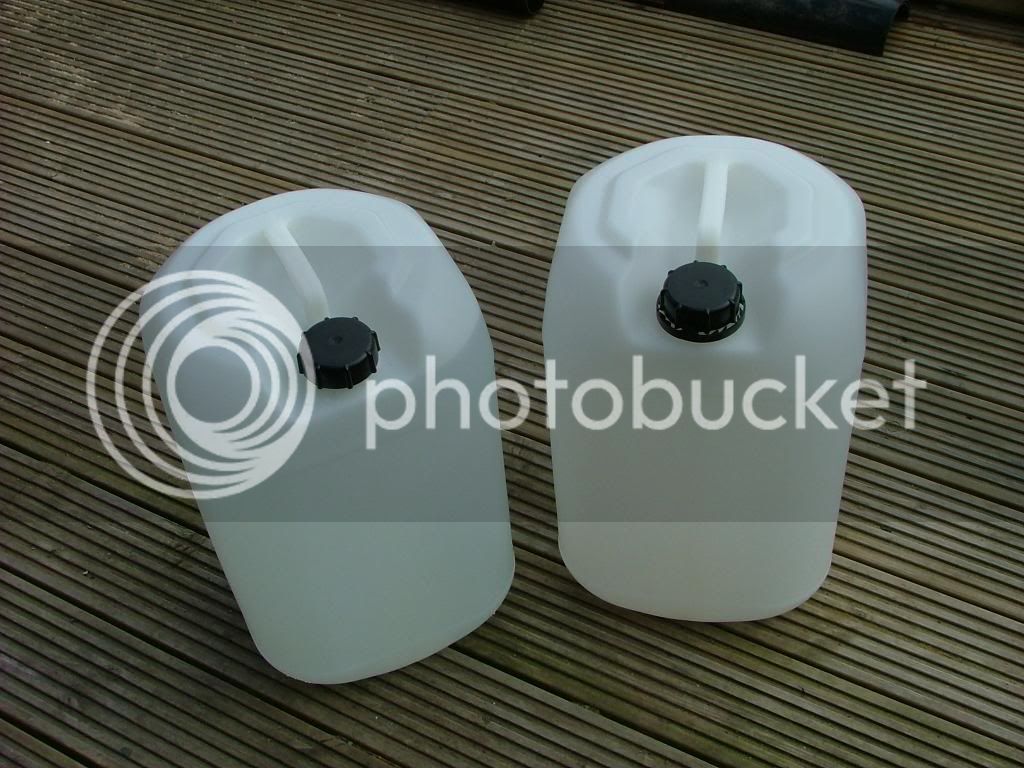Barley Bottom
Active Member
Hi
I use the no chill method at the brewery, we have done this for over a year. I transfer from the boiler straight into the fermented, pop the lid on and leave to cool over night. One interesting point was sealing the barrel, I just have a loose fitting lid. I wonder how much aroma and flavour we lose, The other interesting point was the late hops in the boil verses dry hopping. We might have to try this with the next brew just to see what results we get.
Regards paul
Barley Bottom Brewery
I use the no chill method at the brewery, we have done this for over a year. I transfer from the boiler straight into the fermented, pop the lid on and leave to cool over night. One interesting point was sealing the barrel, I just have a loose fitting lid. I wonder how much aroma and flavour we lose, The other interesting point was the late hops in the boil verses dry hopping. We might have to try this with the next brew just to see what results we get.
Regards paul
Barley Bottom Brewery




